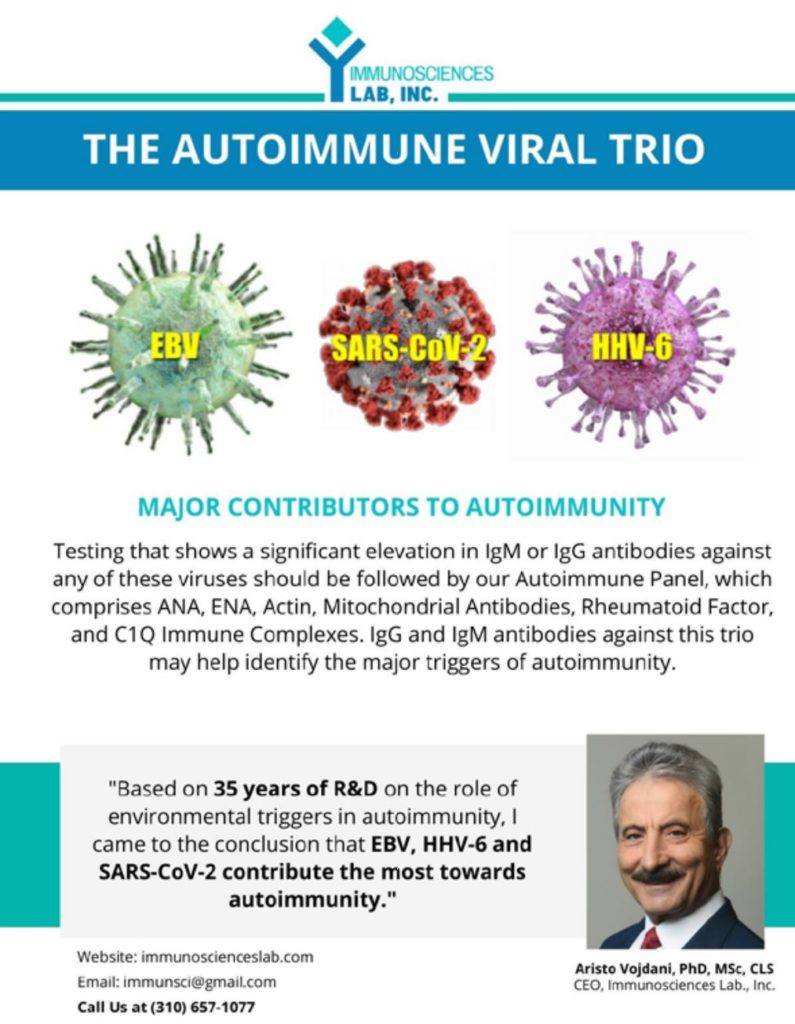By Robert Zieve MD
Being a skilled integrative cancer practitioner involves the art of synergizing three major areas of care:
- Our observation of the patient. This entails sharpening our perceptions, spending time with each patient, listening well, and trusting our intuition.
- Our understanding of the patient’s terrain, which may be evaluated through lab tests.
- Our understanding of the patient’s cancer dynamics.
In this article I will demonstrate with specific cases how to increase your skills, through the lens of four of my patients, and through the practitioner toolbox of therapeutic approaches. In this toolbox of therapies, we may include diet, botanical and nutritional medicine, IV therapies like vitamin C, mistletoe therapies either subcutaneous or IV, and sometimes low dose (metronomic) chemotherapy approaches when combined with systemic hyperthermia, as well as through prescription drugs like low dose naltrexone or metformin.
Of these four patients, two are ongoing cases, one is a current patient now in NED (No Evident Disease), and one has passed. I think it is important to learn from our “failures,” so one of these cases will be a patient who has passed on from her cancer.
Many integrative cancer practitioners have had successes with their cancer patients. My endeavor is to learn from my patients, to understand the process with each patient and how each is unique in terms of quality of life, their tumor microenvironment or terrain as it is evaluated through data and published studies, as well as in their cancer pathology itself, to appreciate the art of how we integrate these into therapy programs that make sense and work.
Estrogen-Positive Post-Menopausal Breast Cancer Patient in NED
A post-menopausal woman who 10 years ago was diagnosed with an ER+ breast cancer, had a lumpectomy and declined radiation therapy. Subsequently, in the next six years, she developed several estrogen positive recurrences but no metastases. One recurrence was treated with chemotherapy but recurred again a couple years later. The most recent recurrence, three years ago, became a near triple negative cancer. She then underwent lumpectomy, radiation therapy, and chemotherapy. After her treatments, in addition to a robust oral protocol, she was prescribed TM, or tetra thiomolybdate, an anti-angiogenic agent that in studies at the University of Michigan was shown to help prevent growth and spread of sub-angiogenic tumor colonies (which we cannot see with scans but can only presume the presence of) when prescribed for patients in NED. Shetook TM for nearly three years. University of Michigan studies done in the early 2000s showed that when a patient in NED follows this protocol, subsequent relapse is rare, even after TM is discontinued.1 She is now in NED, or No Evident Disease.
What can we learn from this case?
Let’s discuss radiation therapy after a lumpectomy, which is the modern oncology approach. What were the consequences of not doing radiation therapy at that time of her first cancer diagnosis? She went on to have four more recurrences of the cancer in the same breast that required further treatments.
The issue of radiation therapy after a lumpectomy is controversial today. Lumpectomy plus adjuvant radiation is considered equal to a mastectomy in terms of local recurrence risk reduction. Adding adjuvant radiation to lumpectomy, especially if the cancer features are of a higher risk, or the surgical margins are not widely clear (we do not know if this was the case with this patient), reduces subsequent local recurrence risk by as much as an absolute 30%. That is not an insignificant risk reduction.
BUT, women do not die of breast cancer that recurs locally in the breast. Also, breast irradiation has NOT been shown to benefit long-term overall breast cancer specific survival—because women with breast cancer are at risk of dying of metastatic disease rather than local recurrences, which local radiation does not prevent. This woman chose not to do radiation therapy after her original lumpectomy. She developed four recurrences of the same cancer, but with no metastases. This is an important point.
It really comes down to personal choice: How willing is a woman to be vigilant for and potentially re-treat breast cancer if it recurs in the same breast? Generally, but not always, if it recurs, mastectomy is indicated—since lumpectomy has already been performed. Is a woman willing and able to engage a robust prevention plan after a lumpectomy, one that includes botanicals, nutrients, TM for two-to-three years, and possibly subcutaneous mistletoe for two-to-three years?
We have seen a few women who have chosen to forego adjuvant radiation therapy over the years and still experience a recurrence of their cancer in the breast in a fairly short timeframe. Of course, adjuvant radiation would not have guaranteed prevention, but it would have reduced the risk in these situations. However, some women do not experience any metastases after a lumpectomy and no radiation therapy. Much today is a mystery to all of us, like why there have been spontaneous remissions in some people.
There are potential risks of radiation to weigh into the equation. Radiation can cause cell mutations, potentially worsening cancer cell behavior. Left-sided radiation can impact the heart, especially if delivered to the chest wall, and radiation to either breast can impact underlying lung tissue and lead to radiation fibrosis. And radiation to the axilla following node removal increases risk of localized fibrosis that can lead to lymphedema.
Then there is the issue of stem cells. In an article entitled “Radiation Treatment Generates Therapy Resistant Cancer Stem Cells from Aggressive Breast Cancer Cells,” researchers from the Department of Radiation Oncology at the UCLA Jonsson Comprehensive Cancer Center reported that radiation treatment actually drives breast cancer cells into greater malignancy.2 It is believed that this is due to stem cells that remain after radiation therapy. These stem cells also often remain after chemotherapy.
The researchers found that even when radiation kills half of the tumor cells treated, the surviving cells which are resistant to treatment, known as induced breast cancer stem cells (iBCSCs), were up to 30 times more likely to form tumors than the nonirradiated breast cancer cells. In other words, the radiation treatment regresses the total population of cancer cells, generating the false appearance that the treatment is working. However, the treatment actually increases the ratio of highly malignant to benign cells within that tumor, eventually leading to the iatrogenic (treatment-induced) death of the patient. 3
Tumors are composed of a wide range of cells, many of which are entirely benign. The most deadly type of cells within a tumor or blood cancer, known as cancer stem cells (CSCs), have the ability to give rise to all the cell types found within that cancer. They are capable of dividing by mitosis to form either two stem cells (increasing the size of the stem population), or one daughter cell that goes on to differentiate into a variety of cell types, and another daughter cell that retains stem-cell properties.
This means CSCs are tumorigenic (tumor-forming) and should be the primary target of cancer treatment because they are capable of both initiating and sustaining cancer. They are also increasingly recognized to be the cause of relapse and metastasis following conventional treatment.
CSCs are exceptionally resistant to conventional treatment for the following reasons:
- CSCs account for less than 1 in 10,000 cells within a particular cancer, making them difficult to destroy without destroying the vast majority of other cells comprising the tumor;
- CSCs are slow to replicate, making them less likely to be destroyed by chemotherapy and radiation treatments that target cells, which more rapidly divide.
And then, as discussed previously, there is the risk of post-radiation fibrosis that can affect the lungs and restrict air movement years after treatment. But there is something we can prescribe after radiation therapy to help prevent this.
Pentoxifylline (Trental), along with vitamin E and other “blood moving botanicals” can help to offset this risk after radiation therapy, and to help prevent radiation fibrosis. However, is a woman willing to use this combination for one or more years after completing radiation therapy? There is good data on this combination, and it is inexpensive, yet few oncologists are aware of this approach. But how many of us take the time to educate our patients to these proven therapies?
The Pentoxifylline/vitamin E combination, along with other blood moving herbs in TCM, can help to offset this risk after radiation therapy. However, in my experience people in remission from cancer who have undergone radiation therapy are typically not likely to persist with a therapy for that length of time.4, 5
Note: The author is aware that some of these studies are dated, when compared with how fast data is being published today. However, this in no way renders them inaccurate. The botanicals we prescribe for many people with cancer have thousands of years of outcomes-based experience as testimonials, as well as decades of good institutional research.
Then there is this: Regarding radiation therapy in breast cancer, an article published in 2019, called “Omitting Radiation in Older Breast Cancer Patients,”concluded:
…most women aged 70 and above with clinical stage 1, ER+ cancers do not need radiation therapy after lumpectomy. Furthermore, studies regarding the use of genomic signatures in younger women with low-risk tumors might ultimately demonstrate an additional subgroup that may avoid radiation therapy. Radiation oncologists are on the verge of joining breast surgeons and medical oncologists in decreasing the cost and morbidity of breast cancer treatment without negatively impacting survival or quality of life.6
It has been very gratifying to guide this woman to a successful outcome from her near triple negative breast cancer (a dangerous cancer) that had developed years after her original estrogen receptor positive cancer. As we can see, achieving this result requires that we integrate our understanding of tumor dynamics with good, published data and experience to guide us, all the while being aware of the pressure the patient was receiving from her oncologists to do regular oncology therapies. In her case, after the fifth recurrence, the integration of low dose carboplatin and paclitaxel with a robust protective oral program and mistletoe therapy was successful in helping her get to NED and have a good quality of life with natural medicine addressing the chronic insomnia she has had since anesthesia at the time of original lumpectomy.
Article continues on next page…







